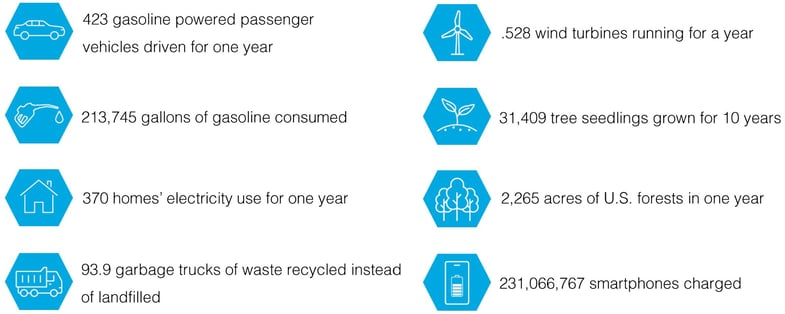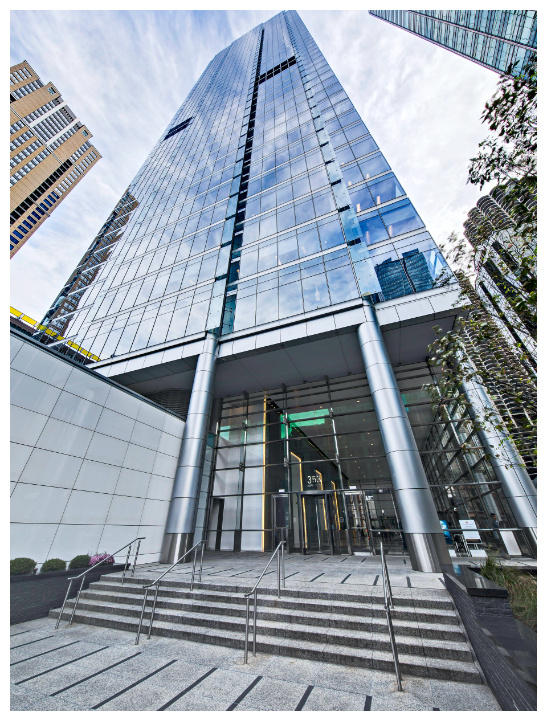In Chicago's River North neighborhood stands 353 N Clark, a 45-story, 1.4 million square foot office building. Constructed in 2009, this property had already achieved LEED Platinum and EnergyStar Certification due to its substantial green initiatives.
However, in a continuous effort to optimize its energy consumption and reduce environmental impact, the building administrators decided to go a step further by engaging in a utility-funded Monitoring-Based Commissioning (MBCx) program with Aero Performance Group.
Although the building had previously undergone retro-commissioning, a more comprehensive, long-term approach was required to fully optimize the HVAC systems throughout different seasons. The objective was to transition to an MBCx model, intended to deepen energy savings and reduce the building's environmental footprint further.
In this context, Aero Performance Group carried out a thorough examination of the building systems. Various measures were undertaken, such as schedule adjustments for exhaust fans and air handling units, outdoor air reduction, economizer tweaks, cooling tower fan sequencing, and exploring static pressure reset opportunities.

For those considering implementing a similar MBCx program, the following steps provide a simplified guide:
- Select a Partner: Find a service provider specializing in MBCx, ideally with a proven track record in identifying and implementing energy optimization measures.
- Assessment: Determine the current energy performance of the building. Identify areas that could benefit from improvements.
- Establish Goals: Clearly define what the MBCx program should achieve, be it in terms of energy reduction, cost savings, or minimizing environmental impact.
- Monitoring and Ongoing Improvement: Regular monitoring helps ensure that the changes made deliver the expected results and help identify new optimization opportunities.
- Implementation: Execute the recommendations from the MBCx service provider, including necessary adjustments or replacements.



